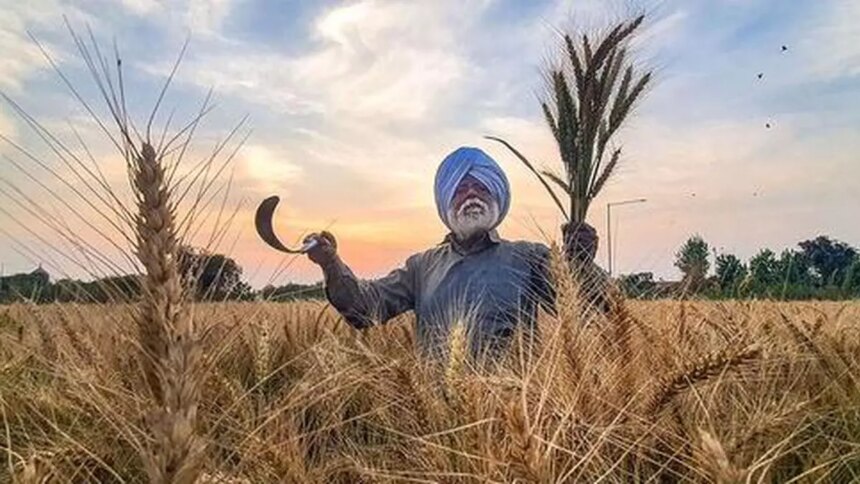The current status of crop coverage and condition is better compared to the previous year, with total crop acreage reaching 640 lakh hectare (lh) as of January 17, up from 637.49 lh the previous year. While the temperature in the north-western plains, a major wheat sowing area, has started to rise, there are concerns about the impact on some crops. However, experts have downplayed these concerns.
Agriculture Minister Shivaraj Singh Chouhan recently conducted a meeting with officials to assess the progress of rabi sowing, weather conditions, and pest surveillance. The Minister emphasized the need for regular engagement with State governments to address ground-level issues effectively.
Former director of the Indian Institute of Wheat and Barley Research (IIWBR) Gyanendra Singh mentioned that the rise in temperature at this time of year is normal and is unlikely to have a negative impact on the wheat crop. The weather bureau forecasts isolated rainfall/snowfall in certain regions until January 23, which may mitigate the effects of the temperature rise.
In terms of crop sowing, wheat acreage has increased by 1.38% to 320 lh, pulses area has risen to 141.69 lh, while coarse/nutri cereals acreage is slightly lower at 54.49 lh. Other crops such as gram, lentil, maize, and jowar have also been sown in significant amounts. However, oilseeds sowing has decreased to 97.62 lh compared to the previous year.
The Ministry noted that prices of wheat, rice, gram, mustard, and sesame are currently higher than their respective Minimum Support Prices (MSPs) in the market. The Ministry did not provide information on the prices of other crops.
Overall, the progress of rabi sowing and the condition of crops are positive, despite the rise in temperature in certain regions. The Ministry continues to monitor the situation closely to ensure a successful rabi season.










